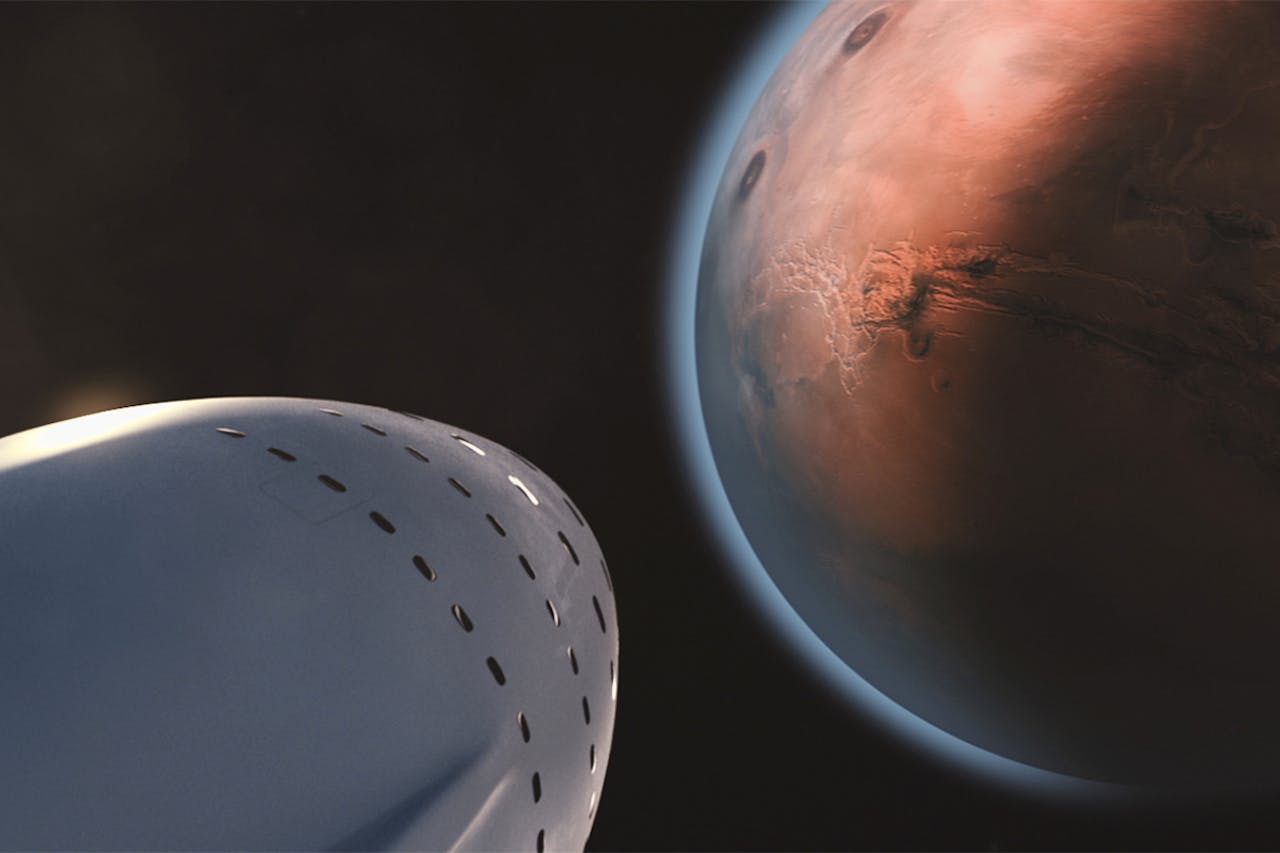Mars has fascinated scientists and dreamers alike, but much of what people believe about the Red Planet comes from Hollywood. From alien invasions to walkable surfaces, movies have stretched the truth or just ignored it completely. These false portrayals shape public opinion, spreading misconceptions that stick. As science makes real discoveries about Mars, it’s time to set the record straight. Here are seven myths about Mars that films have made even worse.
1. You Can Breathe on Mars with Minimal Gear
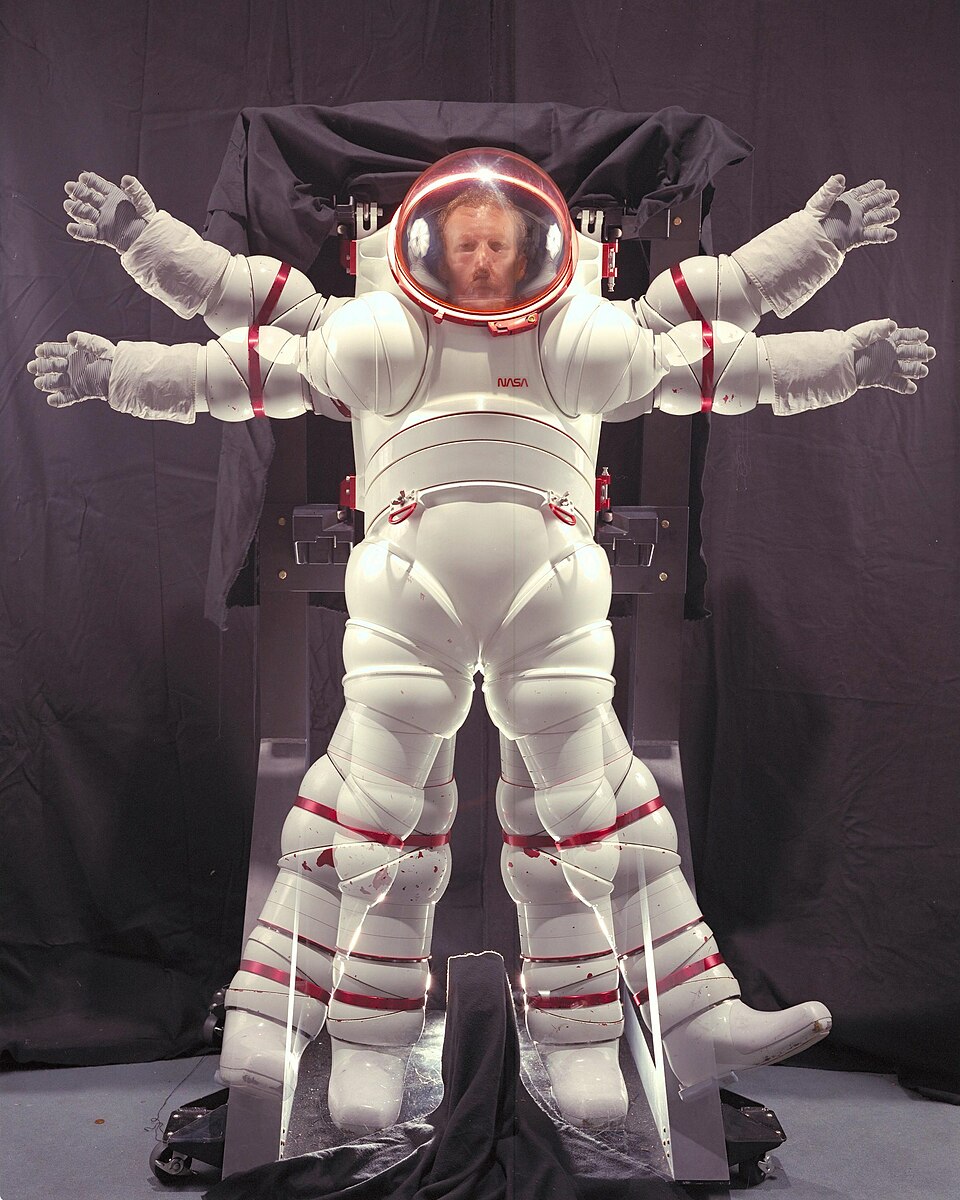
In many sci-fi movies, characters roam Mars wearing just a light helmet or basic suit. Some even remove their helmets briefly as if Mars’s air is almost breathable. In reality, Mars has a very thin atmosphere composed mostly of carbon dioxide with almost no oxygen. The air pressure is less than one percent of Earth’s, which would cause your blood to boil without a pressurized suit. Even the best astronaut would not survive a minute unprotected.
2. Mars Has Frequent Massive Storms
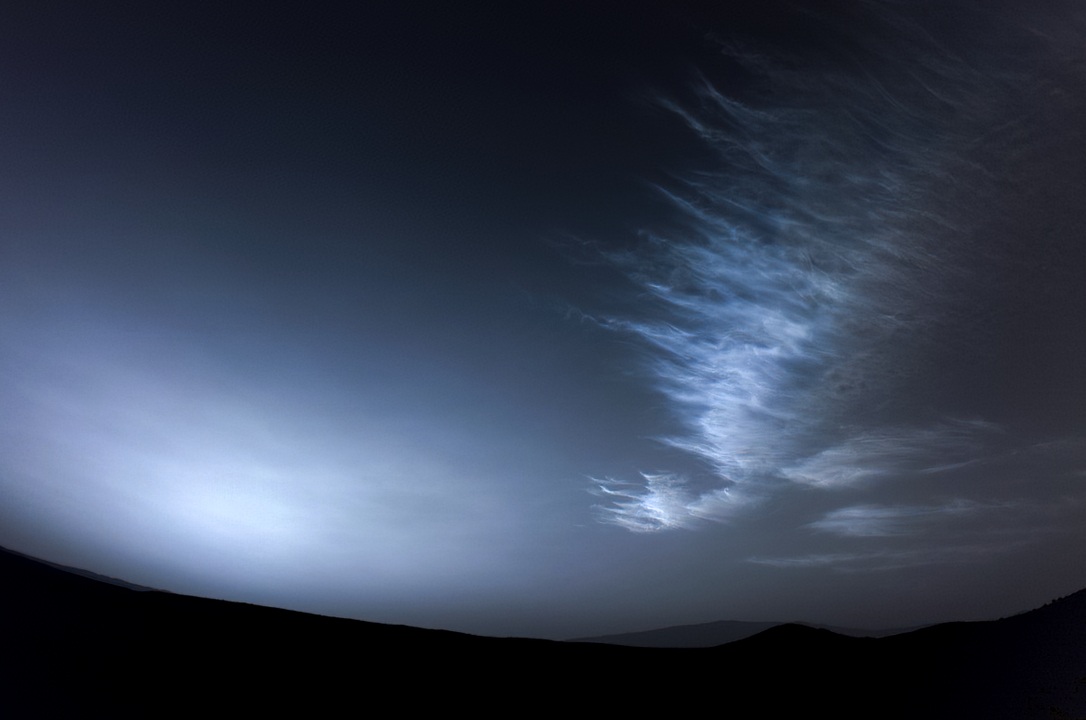
Movies like The Martian show astronauts battling intense, Earth-like dust storms strong enough to blow over spacecraft. While Mars does have dust storms, they are nowhere near that powerful. The Martian atmosphere is so thin that even high-speed winds don’t carry much force. A 100-mph wind on Mars would feel more like a gentle breeze on Earth. The storms can block sunlight and reduce visibility but won’t knock over equipment or launch people into the air.
3. Martians Exist as Humanoid Aliens
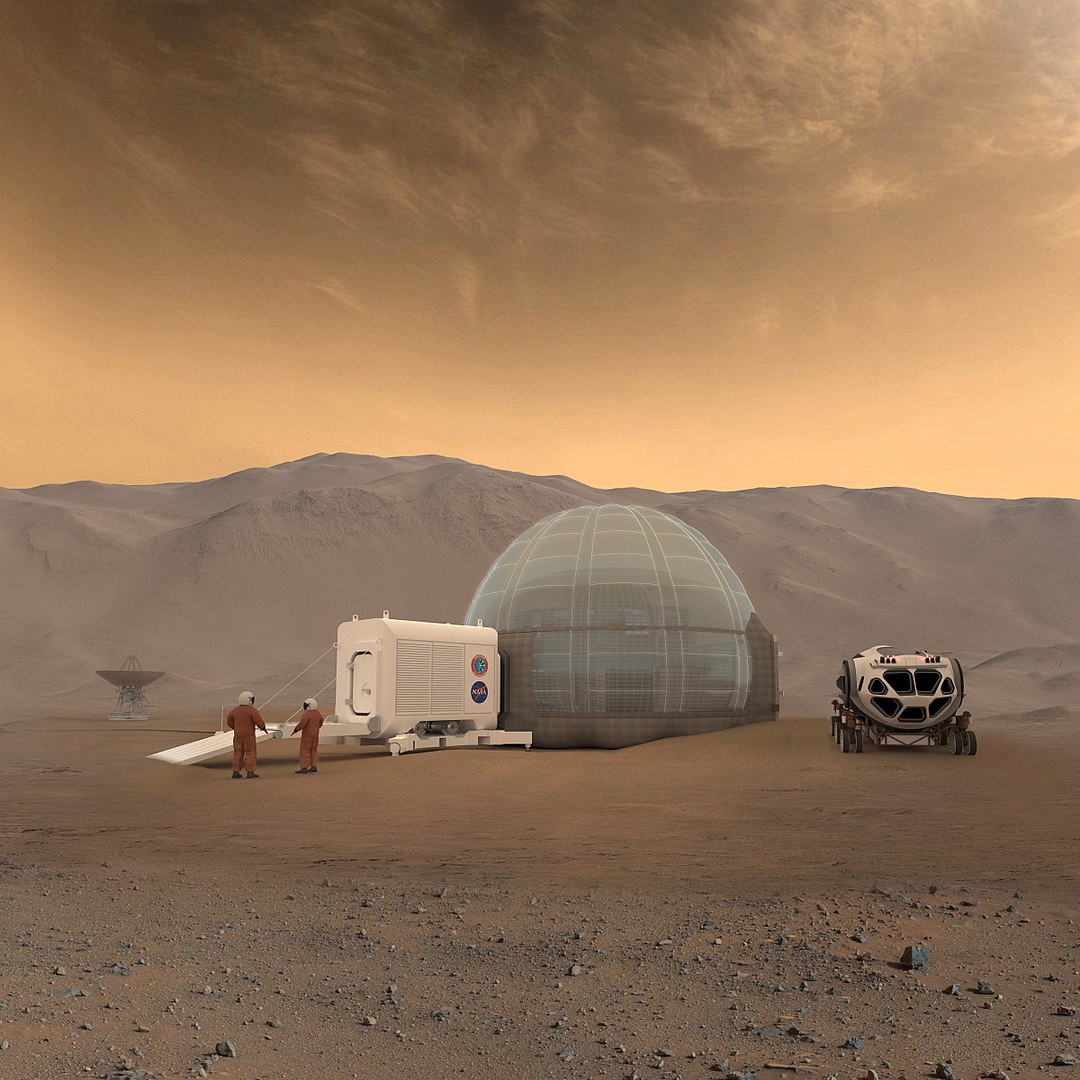
Thanks to decades of sci-fi, many still imagine Martians as green-skinned humanoids or super-intelligent civilizations lurking beneath the surface. This image is pure fiction. So far, no life has been discovered on Mars, and if it does exist, scientists believe it would be microbial, not intelligent beings. The fascination with Martian civilizations comes from old stories and films, not science. The real mystery is whether simple life ever existed in the planet’s ancient past.
4. Mars Is Just Like Earth but Colder
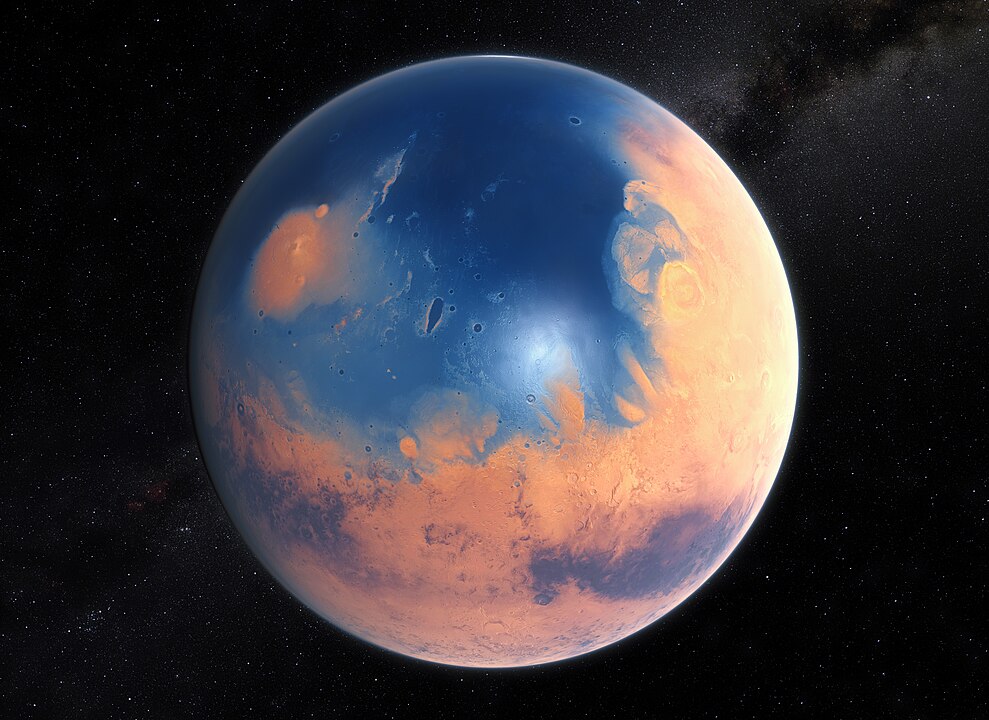
Movies often show Mars as a dusty, rocky desert with red hills and blue skies that resemble remote Earth locations. While some visual similarities exist, Mars is vastly different. Its atmosphere is unbreathable, surface temperatures can drop to minus 125 degrees Celsius, and it has massive radiation exposure due to a weak magnetic field. You couldn’t walk around Mars as casually as you might hike a desert on Earth. It is harsh, dangerous, and extremely alien.
5. Humans Can Instantly Colonize Mars
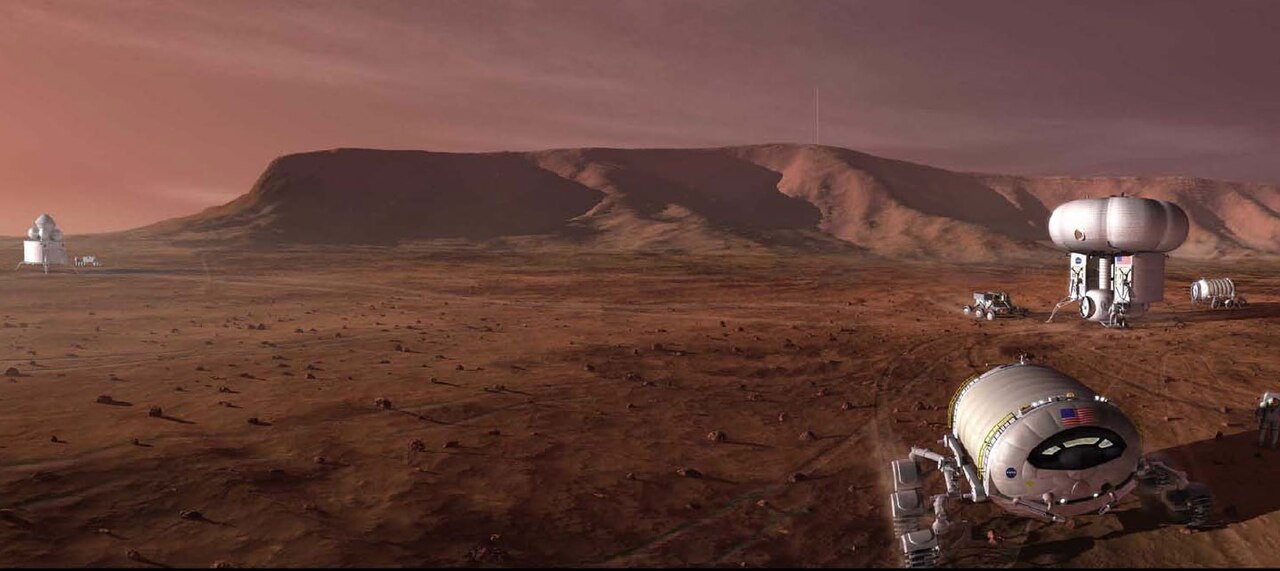
Films sometimes suggest that with a few rockets and high-tech gadgets, people could quickly build colonies and live on Mars permanently. Real-life colonization would be extremely difficult and take decades. There are countless problems to solve, including radiation shielding, food production, water sourcing, and long-term health in low gravity. Even sending a small crew requires massive planning and resources. Turning Mars into a livable place won’t be as quick or easy as movies make it look.
6. Mars Has Liquid Water on the Surface
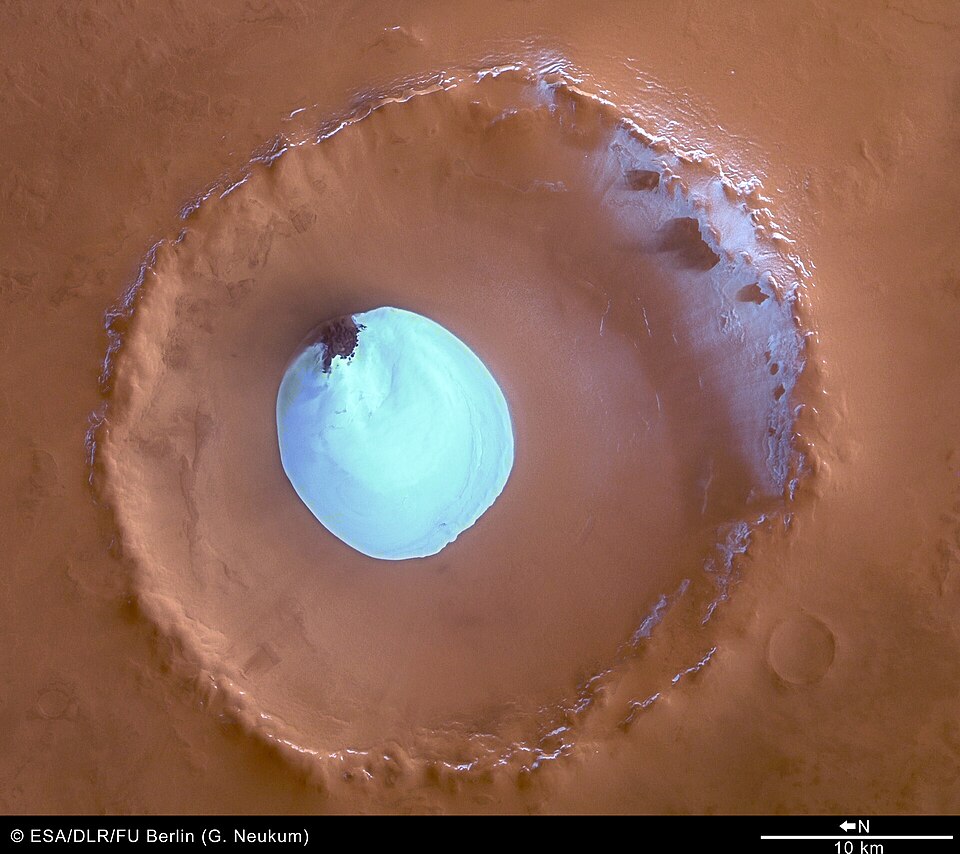
Some movies depict astronauts stumbling upon rivers or lakes on Mars, suggesting that water flows freely on the surface. While Mars has frozen water and evidence of ancient riverbeds, any liquid water today exists deep underground or as salty brine that evaporates quickly. The surface is too cold and the air pressure too low for stable liquid water to exist. Real Martian water is not as accessible or abundant as the cinematic versions suggest.
7. Terraforming Mars Is Just a Matter of Time
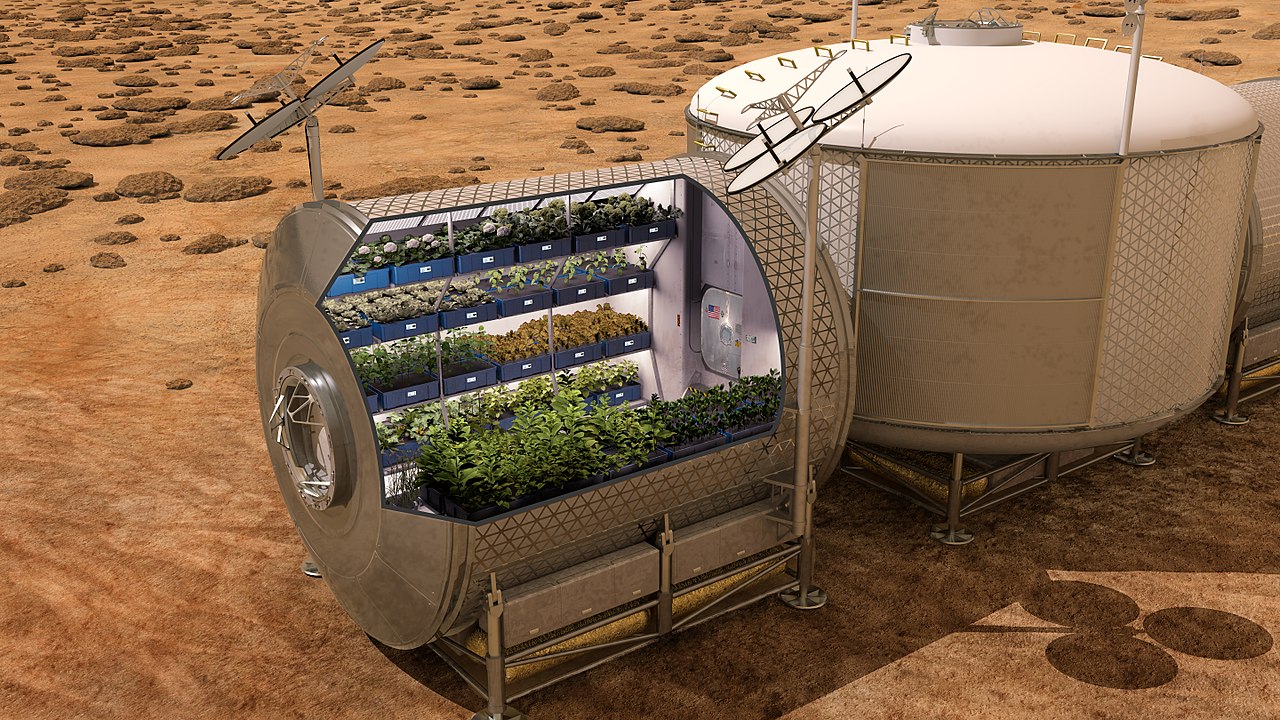
Popular sci-fi films paint Mars as a planet that can be transformed into an Earth-like world with the right tech. Terraforming ideas include melting the ice caps to release CO₂ and warm the planet. But in reality, Mars lacks the atmospheric pressure, magnetic field, and resources to be terraformed with current or even near-future technology. The idea is fascinating but not realistic anytime soon. Movies make it sound achievable, but science says otherwise.
